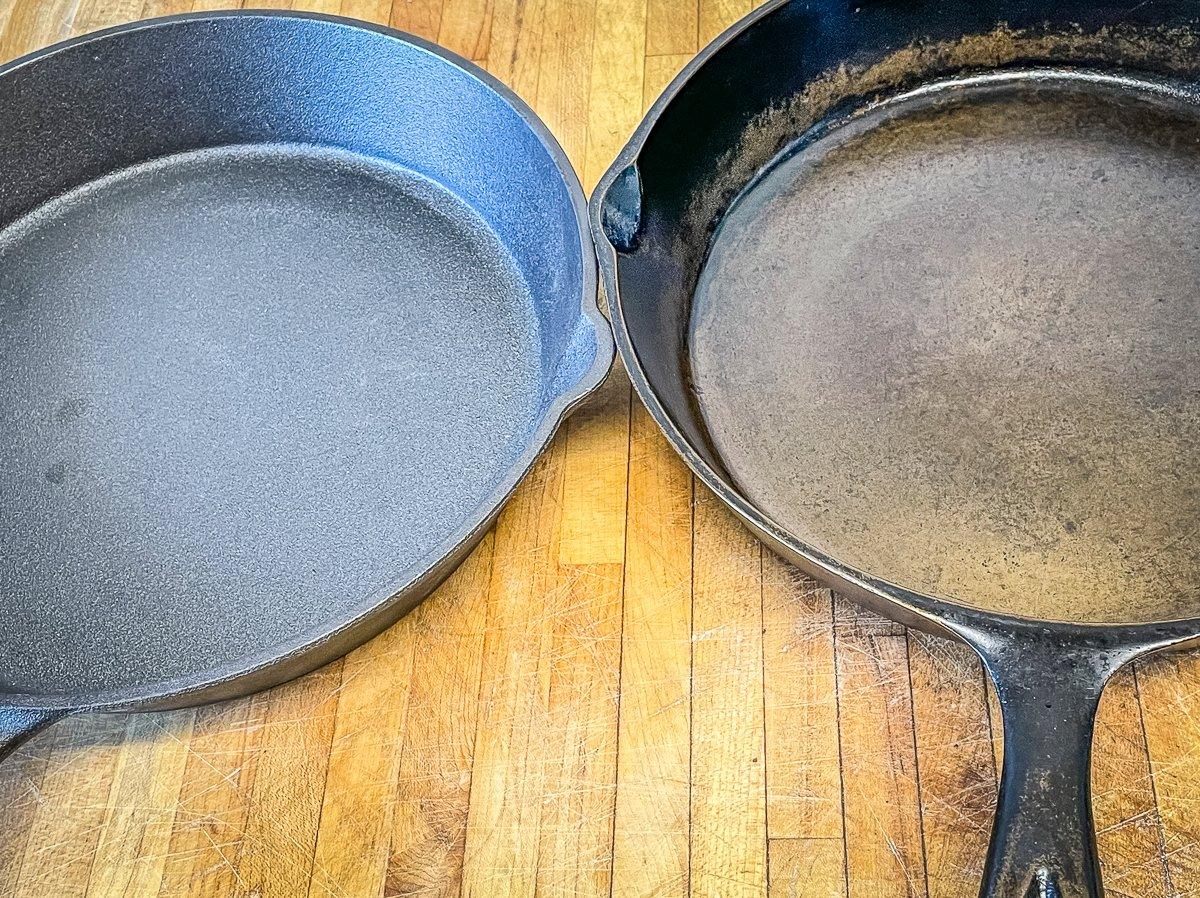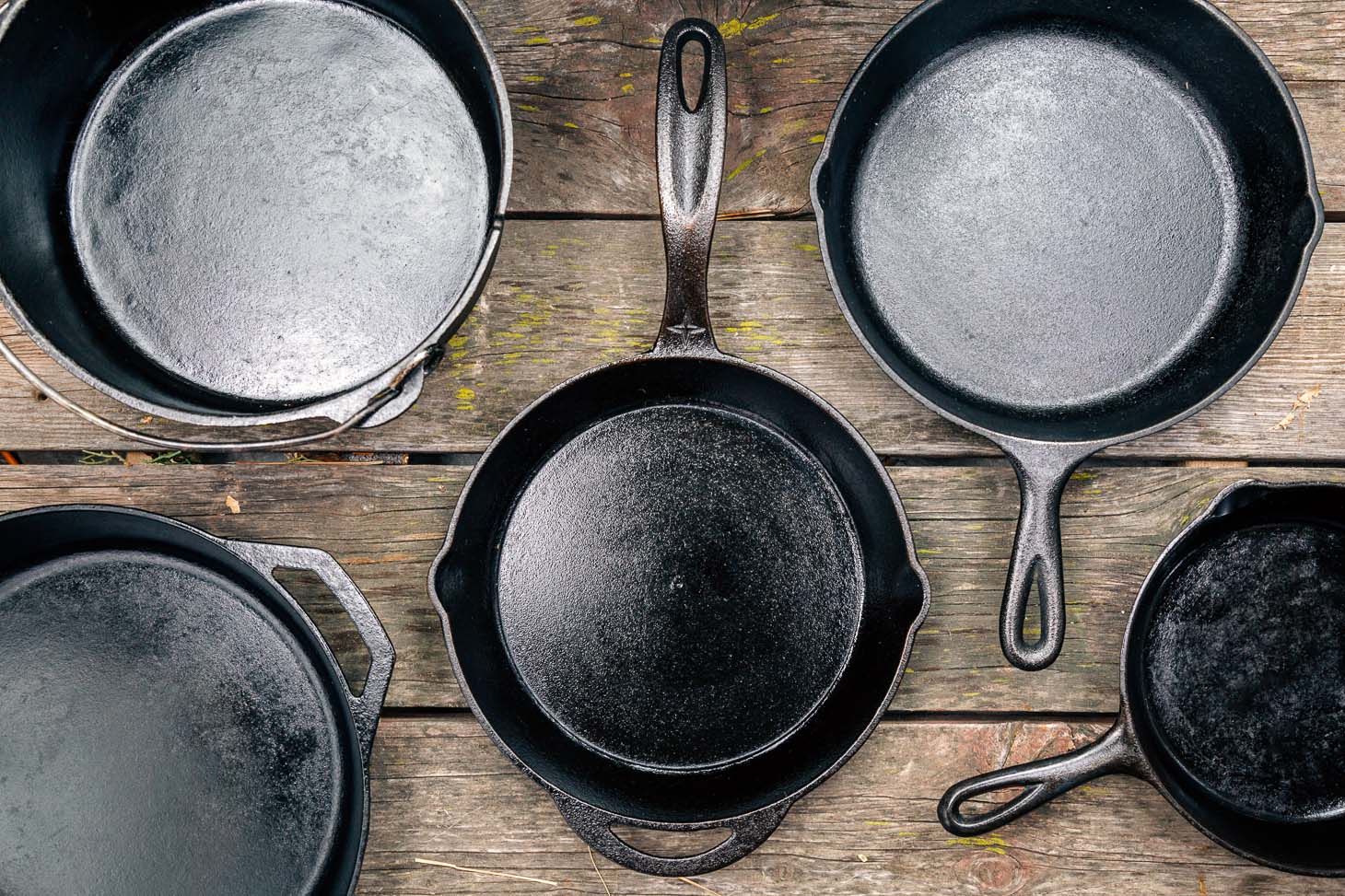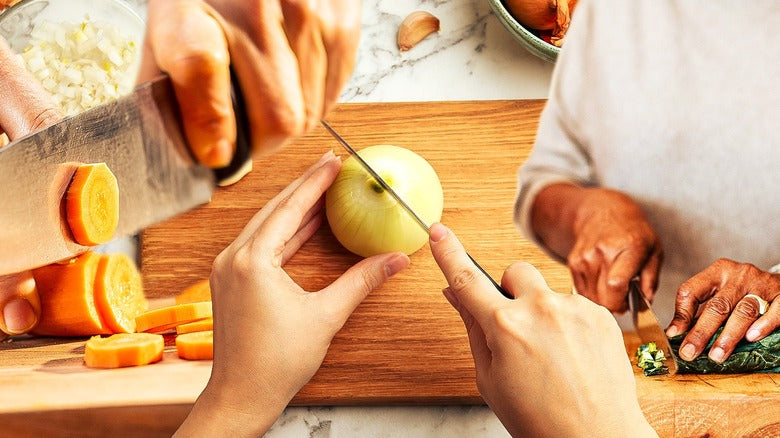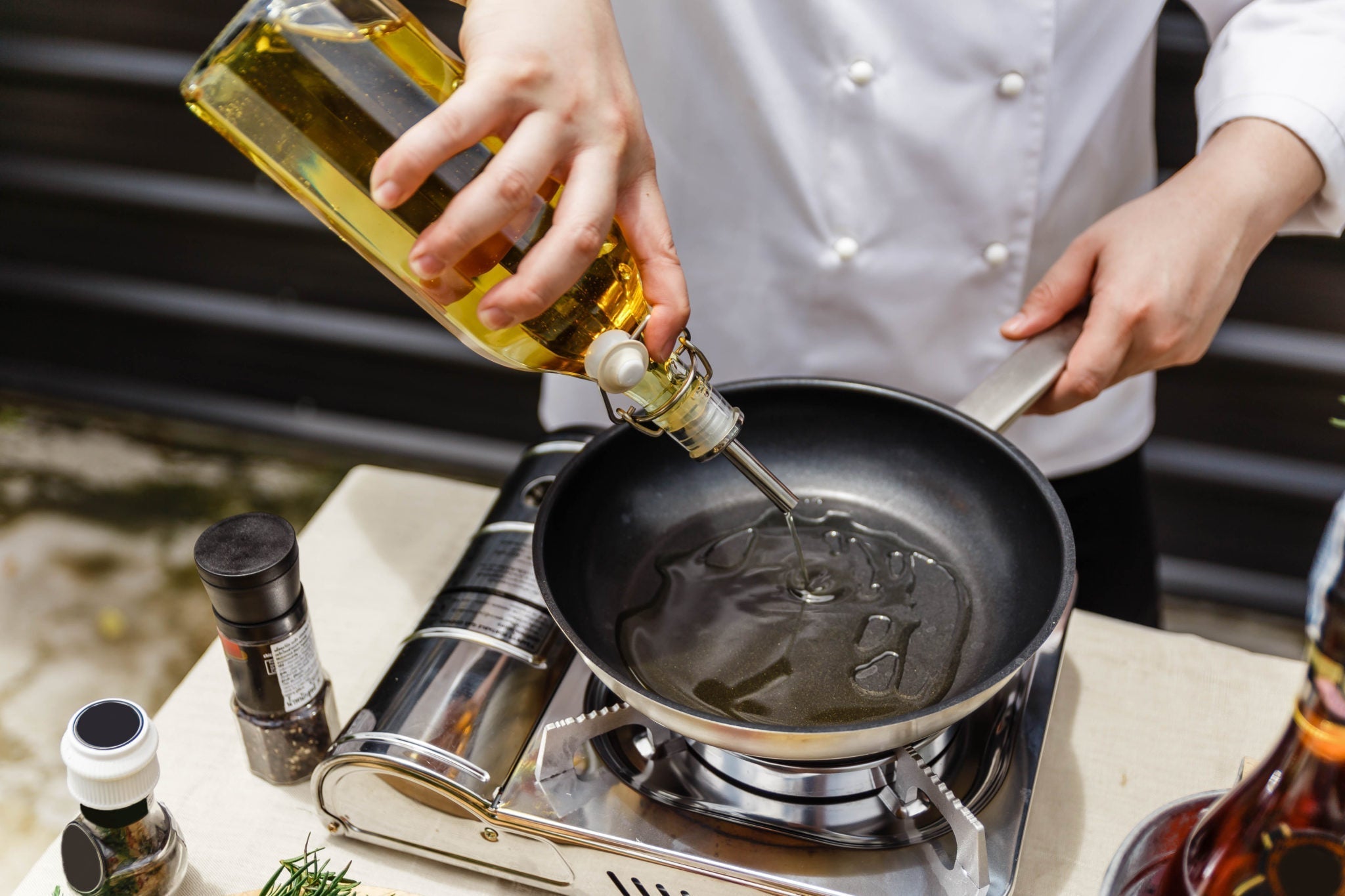For kitchen professionals, understanding how to stovetop seasoning cast iron is not just a trend; its a fundamental skill that can transform the cooking experience. Seasoning cast iron correctly ensures durability, a non-stick surface, and enhances flavors in your culinary masterpieces.
In this detailed guide, we will explore all nuances of stovetop seasoning, offering practical insights, tips, and answers to common questions. Lets delve into the world of cast iron seasoning that every professional chef should master!

The Importance of Seasoning Cast Iron
Seasoning is crucial for maintaining the integrity of cast iron cookware. It creates a protective layer that prevents rust and improves the non-stick properties of the pan. Here are a few reasons why seasoning is essential:
- Longevity: Proper seasoning significantly extends the life of your cast iron cookware.
- Enhanced Flavor: The built-up layer of seasoning adds richness to dishes over time.
- Healthier Cooking: A well-seasoned skillet requires less oil, resulting in healthier meals.
Preparing Your Cast Iron for Seasoning
Before diving into the actual seasoning process, it's paramount to prepare your cast iron cookware properly:
1. **Clean Your Pan:** Start by washing your skillet with warm soapy water to remove any rust or residue. Use a non-abrasive scrubber.
2. **Dry Thoroughly:** Avoid moisture, as it can lead to rust. Place the skillet on the stovetop over low heat for a few minutes to ensure it's completely dry.
How to Stovetop Seasoning Cast Iron Step-by-Step
Now comes the main part the actual seasoning. Follow these steps for successful stovetop seasoning:
- Select Your Oil: Choose a high-smoke point oil like flaxseed oil, grapeseed oil, or vegetable oil. The choice of oil affects the final finish of your pan.
- Apply Oil Sparingly: Pour a small amount of oil onto a clean cloth or paper towel. Wipe a thin layer of oil over the entire surface of the skillet, including the handle and bottom.
- Heat the Pan: Place your oiled skillet upside down on the stovetop over medium heat. This allows excess oil to drip off.
- Monitor the Smoke: When the oil starts to smoke, it means the seasoning is forming. Keep the pan at this temperature for about 10-15 minutes.
- Cool Down: Turn off the heat and allow the skillet to cool completely. This could take 30 minutes. The cooling process is essential for setting the seasoning.
- Repeat as Necessary: For optimal results, consider repeating the oiling and heating process 2-3 times.
Maintaining Your Seasoned Cast Iron
After successfully completing the stovetop seasoning, maintaining the finish is vital:
- Re-season Regularly: Whenever food starts to stick or the color lightens, it's time to season again.
- Avoid Dishwashers: Clean your cast iron by hand. Avoid soap, which can strip the seasoning.
- Store Properly: Always store your skillet in a dry place. Consider placing a paper towel inside to absorb moisture.
Common Mistakes to Avoid While Seasoning
Even professionals can make mistakes. Here are a few common pitfalls to avoid:
- Using Too Much Oil: A thick layer of oil will lead to sticky surfaces. Always wipe away excess oil.
- Skipping the Cleaning Step: Never attempt to season a dirty pan. It will ruin your efforts.
- Using Low-Temperature Oils: Such oils wont create a solid seasoning bond.

Frequently Asked Questions
1. How often should I season my cast iron skillet?
It depends on usage. If you frequently use it for cooking, consider seasoning every 2-3 months. If you see food sticking, it's time to re-season.
2. Can I use regular vegetable oil for seasoning?
Yes, regular vegetable oil can be used, but oils with high smoke points typically yield better results.
3. What should I do if my cast iron pan rusts?
If your cast iron pan rusts, scrub it with steel wool, clean it, and then re-season following the steps outlined above.
For further in-depth reading on proper care, check out seasoning purposes.
Another helpful resource for maintaining and seasoning cast iron skillets can be found at All Recipes.
As an Amazon Associate, I earn from qualifying purchases.
As an Amazon Associate, I earn from qualifying purchases.






Leave a comment
This site is protected by hCaptcha and the hCaptcha Privacy Policy and Terms of Service apply.